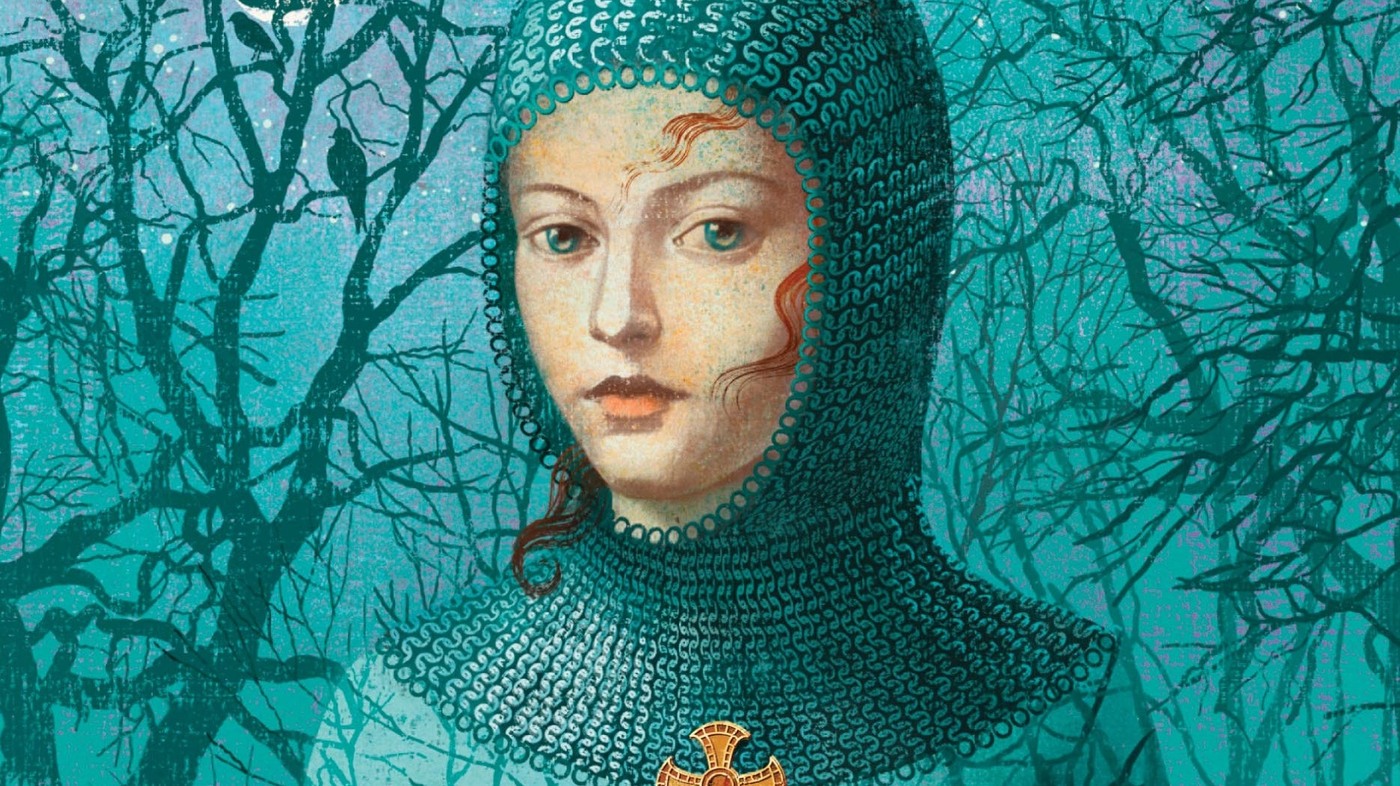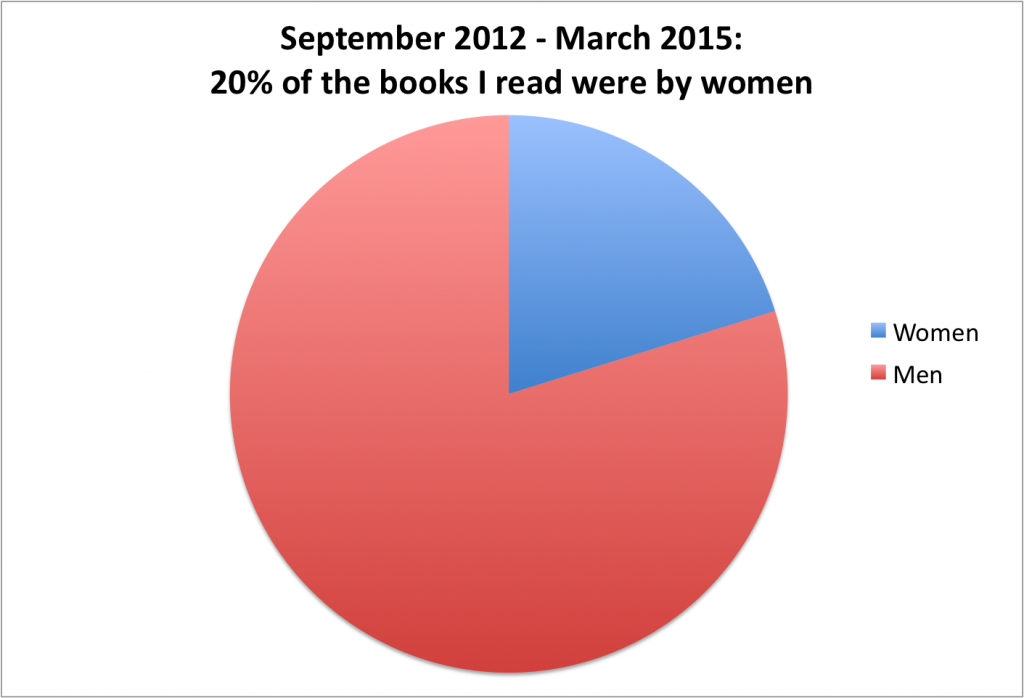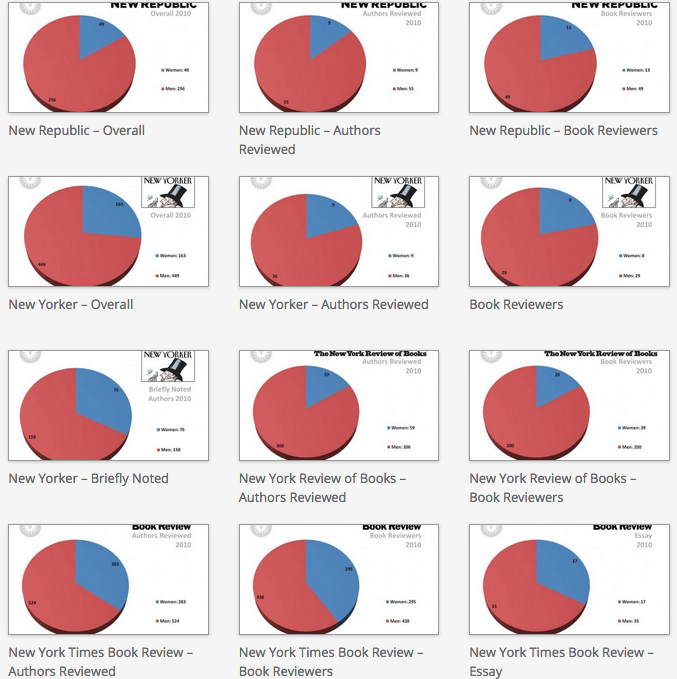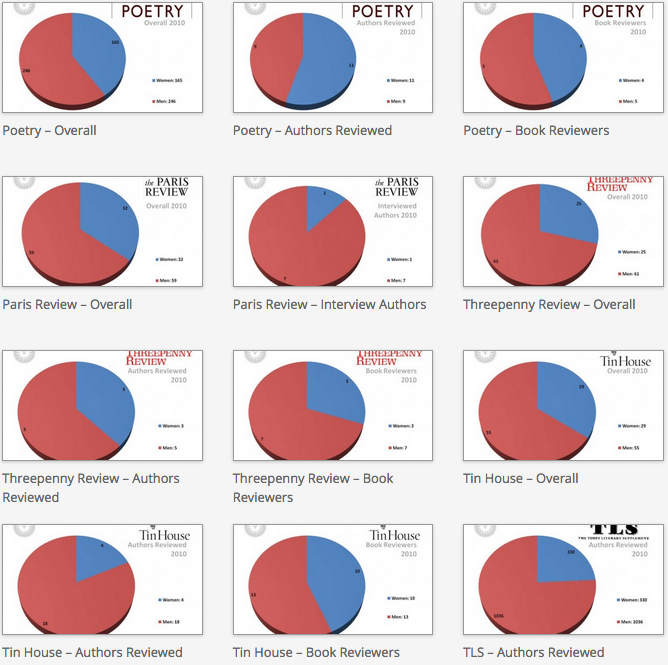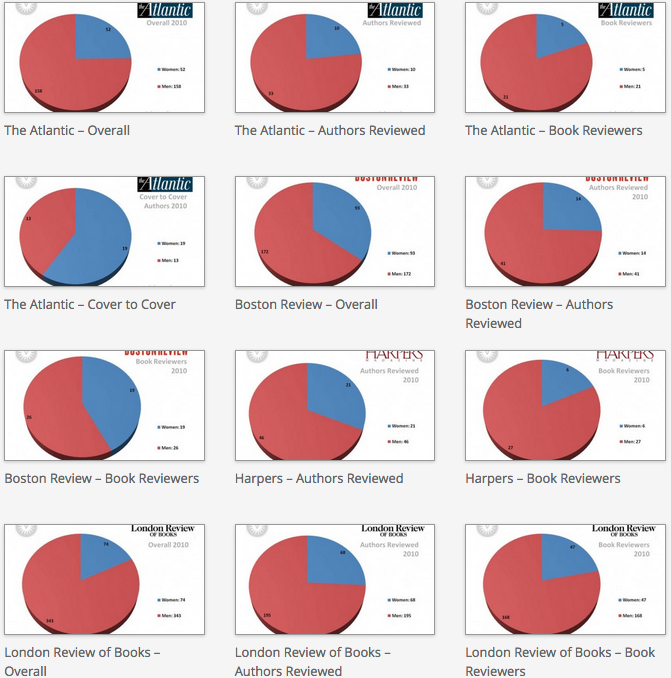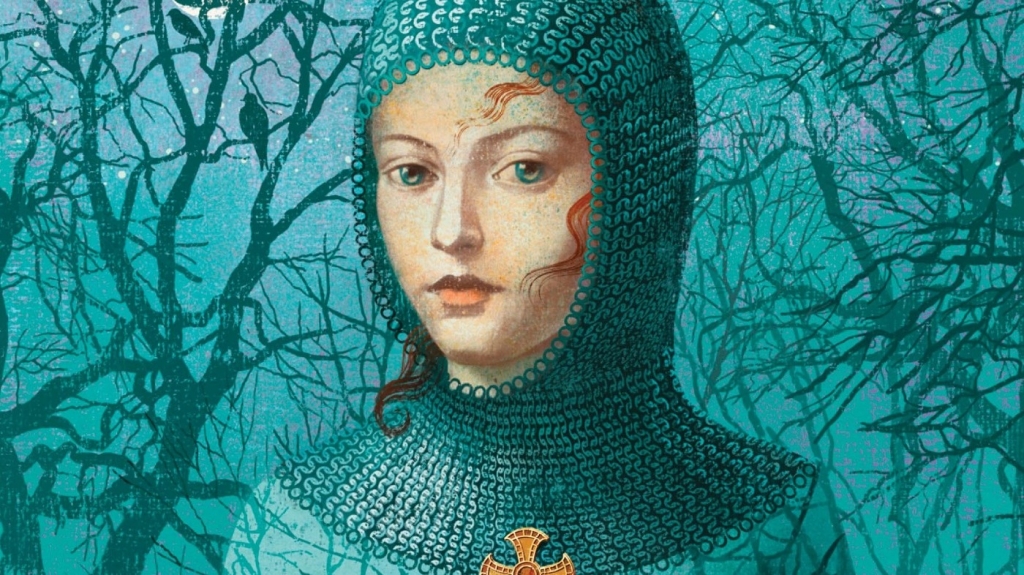First an update.
These are the books I’ve read since the last time I blogged:
- “The House of Mirth” by Edith Wharton
- “Justice Calling” by Annie Bellet
- “Fangirl” by Rainbow Rowell
- “My Brilliant Friend” by Elena Ferrante
- “The Parable of the Sower” by Octavia Butler (underway)
It’s been almost six months since I started, so I’m at the turn.
Now, for some data.
I was curious about my reading habits before I started this challenge. To a certain extent, I had it in my head that reading a year of only women wouldn’t be that big of a deal for me. I read very widely between genres, styles, and (I assumed) gender.
The good news is that, as a diligent user of Goodreads since September 2012, I have the data that would allow me to check this assumption. Every time I start and finish a book, I log it in Goodreads.
So I went through the genders of the authors of all the books I’ve logged before I started the challenge. Before tallying them, I probably would have guessed that my split was maybe 40% women, 60% men? Something like that.
Here’s how it actually looked:
Yikes!
Two and a half years of data is hard to argue with: I have a pretty strong unconscious bias toward male authors. It’s great that I look forward to the next Tana French novel, or pick up Pride and Prejudice, but the data doesn’t lie. I read four books written by men for every book I read by a woman.
Here’s something interesting, though. My bias is not just my own. Here are screenshots of the gender split between men and women authors reviewed by major publications and the genders of the reviewers themselves (compiled in 2010).
What is striking to me is how much these charts look like my own chart of reading.
This is further backed by the research Nicola Griffith (whose book Hild was on my reading list this year) tabulated on gender and awards.
She has two posts with charts that show pretty clearly that not only are women authors passed over for awards but that books about women are as well. And that the disparity between the shortlist and the winner magnifies the gender imbalance. (This is akin to a point we frequently make on the Media Carnivores podcast. For example, The Sopranos is considered a great TV show, but Sex in the City is considered a “guilty pleasure” and not the revolutionary show it was.)
All of that suggests that my bias is in a feedback loop with the publishing industry itself. When I hear about books that win awards or get glowing reviews, they are already the product of a system with a lot of inherent bias, and it reinforces my own.
This makes me pretty glad that I’ve made a conscious decision to correct the imbalance with a year of just reading women.
And the truth is, it should be easy to keep corrected. I now follow more women authors on Twitter. Goodreads recommends more books by women now that I am reading more books by women. Many of the books I’ve picked up since April were by authors I hadn’t read before, so I now want to read more of their books (especially Donna Tartt, Nicola Griffith, Edith Wharton, Annie Bellet, Rainbow Rowell, and Elena Ferrante) which means my to-be-read pile already has a lot more books by women on it than it has before.
So. That’s the report at six months. I’ll update again in a couple months but if you want to stay connected with what I’m reading as I go, you can friend me on Goodreads. The farther I get into this year, the happier I am that I started.
Here’s my full reading list from April up through today:
- Harry Potter series by J.K. Rowling
- “Daughter of Fortune” by Isabel Allende
- “Beautiful Music for Ugly Children” by Kirstin Cronn-Mills
- “The Secret History” by Donna Tartt
- “Station Eleven” by Emily St. John Mandel
- “Strong Poison” by Dorothy Sayers
- “Hild” by Nicola Griffith
- “Ripley’s Game” by Patricia Highsmith
- “Fairest” by Marissa Meyer
- “The Year of Magical Thinking” by Joan Didion
- “The Girl on the Train” by Paula Hawkins
- “Wild” by Cheryl Strayed
- “The House of Mirth” by Edith Wharton
- “Justice Calling” by Annie Bellet
- “Fangirl” by Rainbow Rowell
- “My Brilliant Friend” by Elena Ferrante
- “Parable of the Sower” by Octavia Butler
(Note on this image. I find the cover image of Hild incredibly striking. Without a doubt, it was seeing Hild staring at me in bookstores that made me buy the book. Hild’s face makes for a fitting image to my posts about reading this year.)
